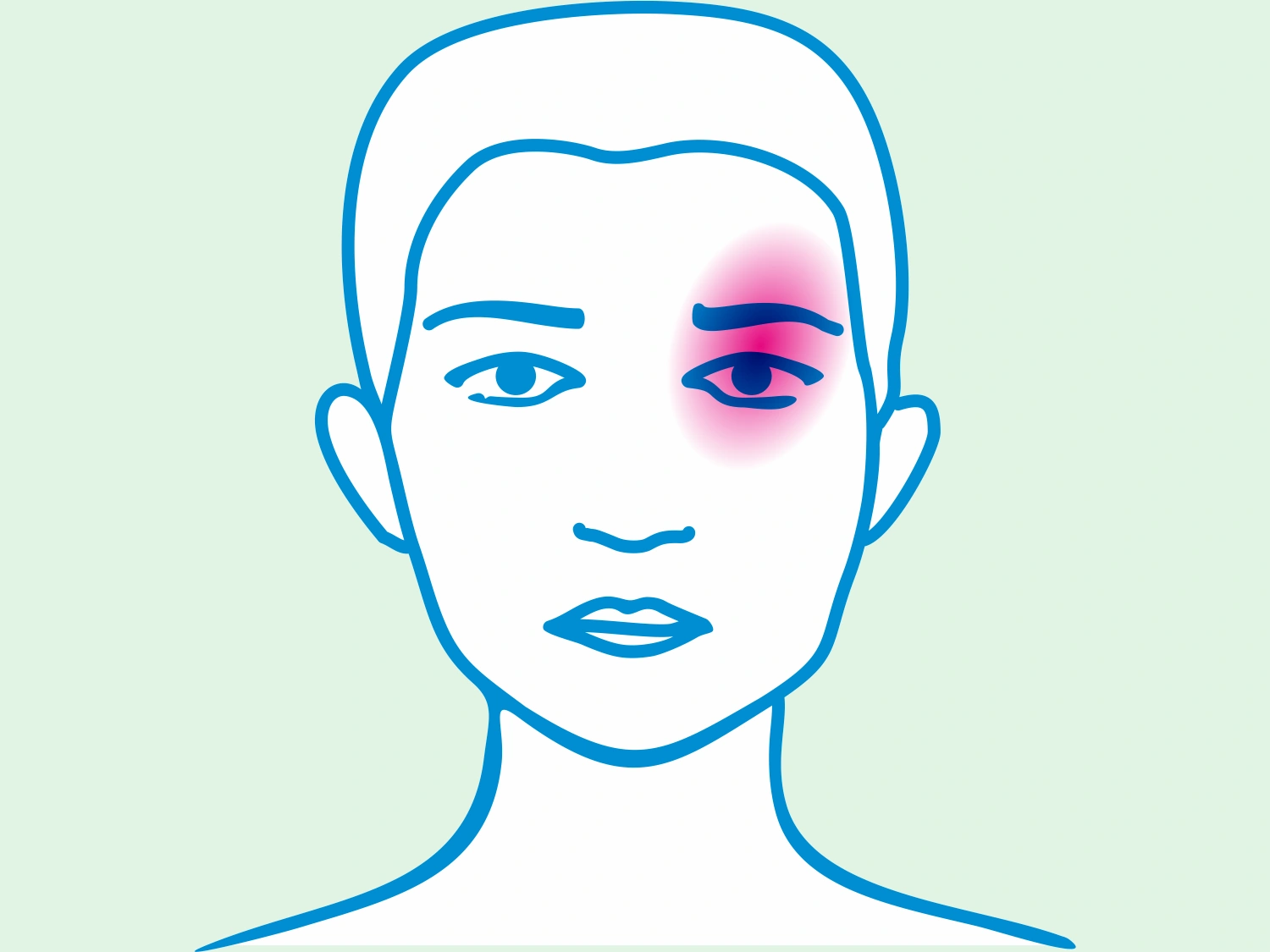To provide services at the highest level, we use cookies. Using the website requires you to choose settings related to their storage on your device. If you want to know what each type of cookie is used for, click the Details button below.
Cluster headache – symptoms, causes, treatment 4 lutego 2022 |

Cluster headache is a relatively rare but very intense type of headache characterized by sudden bouts of pain. Typically, these are unilateral headaches located around the eye, temple, or forehead. Cluster headache attacks occur cyclically, in periods called cluster episodes or clusters. They are often accompanied by tearing, eye redness, and a stuffy nose on the side affected by pain.
Cluster headache attacks are short-lived. They usually last from 15 minutes to 60 minutes, although in some cases, the discomfort may be longer. Their characteristic is their occurrence at specific times of the day and cyclicality within cluster episodes, which last from a few weeks to several months. A remission period follows these episodes.
Although cluster headache itself is not a life-threatening condition, its intensity and cyclical nature can significantly impact the patient's quality of life. The attacks are very painful and can lead to significant difficulties in daily functioning. In case of suspected cluster headache, it is always recommended to consult a doctor to determine the diagnosis and treatment plan.
In the case of a cluster headache attack, it is essential to consult a doctor to determine an appropriate treatment plan. Acute treatment includes the use of triptans and oxygen therapy, and less frequently, nonsteroidal anti-inflammatory drugs. It is also important to stay calm, isolate from light and noise stimuli, and use relaxation techniques.
Interrupting a cluster headache attack, known as a cluster, requires consulting a doctor to adjust an appropriate treatment plan. They may recommend the use of triptans or antiepileptic drugs that act quickly on symptoms. Additionally, biofeedback or psychotherapy may be beneficial in managing pain and preventing recurring attacks. A holistic approach, considering lifestyle changes and psychosocial support, is crucial in dealing with cluster headache.